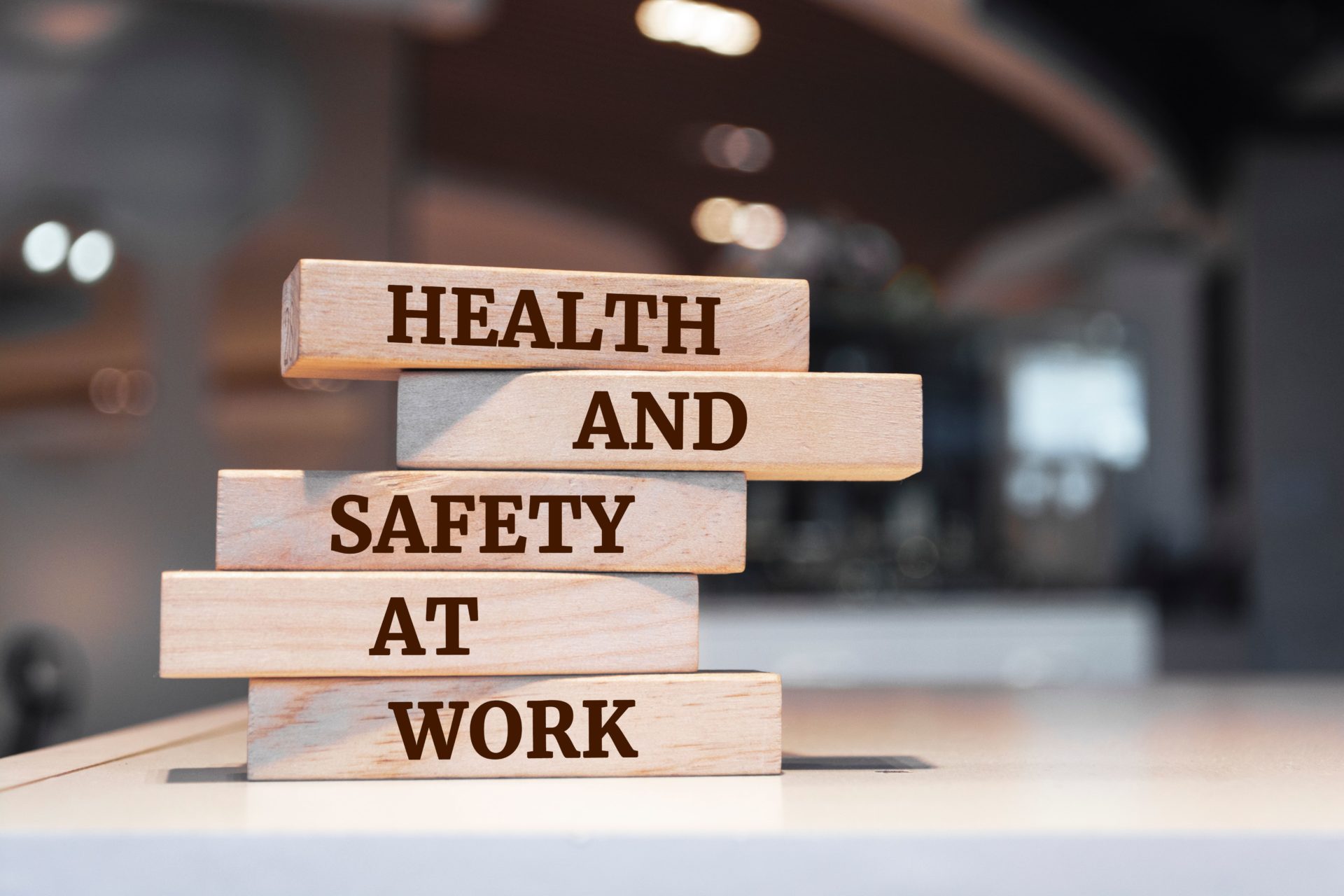Excellent experience start to finish – always very responsive to any queries and the turnaround on the property I was buying was very quick, even in the busy time leading up to stamp duty deadline. Jenny was always very helpful and went above and beyond to close on a short timescale.
Health and Safety at Work: Burdensome Regulations or Good Business Sense?
Many of us are overwhelmed by the plethora of Health and Safety Regulations. In addition, scepticism is heightened when we read articles where teachers are terrified to organise school outings and swimming pool managers are banning back stroke for “health and safety” reasons.
The question is: In business should we take this seriously?
In answer to that, the following statistics from the Heath and Safety Executive are pertinent.
In 2005/2006, 212 workers were killed at work and 328,000 reportable injuries occurred. Two million people suffered from an illness they believed was caused or made worse by their current or past work and 30 million working days were lost due to work related ill health and work place injury.
Health and Safety law is not a by product of a nanny state. If sufficient care and attention is given to health and safety policies then the benefits are obvious. A safe and smooth running work environment promotes a satisfied work force which has a vital affect upon profit.
Modern Health and Safety Law
The arrival of the Health and Safety at Work Act 1974 (HSWA) was considered something of a landmark. Until 1974 the primary source of reference was the Factories Act 1961. The Factories Act – however – only covered traditional manufacturing industries and it was necessary to introduce further legislation to cover non-factory workplaces.
The HSWA does provide a consistent legislative framework for the health and safety of all employees. It is – however – a little broad brush and had been supplemented over the years by directives from the European Union which is now the source of all modern health and safety law.
Health and Safety at Work Act Provisions
S2 HSWA provides that it shall be the duty of every employer to ensure, so far as it is reasonably practicable, the health, safety and welfare at work of all its employees. The key words to remember here are “reasonably practicable”. The steps taken to ensure welfare need only be proportionate to the risk.
Health and Safety Policy
S3 HSWA provides that is shall be the duty of every employer to prepare, and as often as may be appropriate revise, a written statement of general policy with respect to the health and safety at work of employees and the organisation and arrangements for the time being in force for carrying out that policy and to bring the statement and any revision of it to the notice of all employees.
A health and safety policy is a vital document for any company. If reviewed regularly and it clearly defines accountabilities it evidences strong commitment from the management to the heath and safety of all employees.
As with any health and safety principle and/or requirement, the Health and Safety Executive (HSE) offer guidance and assistance through their website www.hse.gov.uk.
The HSE suggests that managers who want to improve health and safety in their organisation should:-
- Identify hazards to employees and control the risks adequately
- Maintain health and safe working conditions, including the provision of safe plant and equipment
- Work to prevent accidents and work related ill health through continuous improvement
- Ensure employees are competent to do their work and provide them with appropriate and adequate training
- Ensure the safe transport, storage, handling and use of hazardous substances
- Consult with employees on health and safety issues affecting their will being, giving them necessary information, instruction and supervision
- Review and revise the policy at regular intervals as necessary
Employers Duties – Risk Assessments
There are five basic duties which are common to all health and safety regulations. Risk assessment provisions are set out in the Management of Health and Safety at Work Regulations 1992 and 1998. They require employers to assess the risks created by their undertakings so as to identify the measures they need to have in place to comply with their duties under Health and Safety law.
The HSE recommends a five step approach:-
Step 1
Identify the hazards
Step 2
Decide who might be harmed and how
Step 3
Evaluate the risks and decide upon precautions
Step 4
Record your findings and implement them
Step 5
Review your assessment and update if necessary
Once the risk assessment has been completed managers cannot rest on their laurels. The remaining four duties of an employer are therefore to ensure that steps are taken to control the risks found, to ensure that the controls put in place are used, that the controls are monitored and maintained and finally that all staff are informed instructed and trained.
Accidents Will Happen
What if an accident does occur? If the risk assessment has been carried out correctly then you can be rest assured that all reasonable steps have been taken to ensure the health and safely of the particular employee. There may, however, be reporting requirements. If an employee is killed, suffers a major injury or sustains an over three day injury, (three days away from work or unable to carry out a full range of duties for more than three days) then the accident must be reported under RIDDOR (the Reporting of Injuries, Diseases and Dangerous Occurrences Regulations 1995) within 10 days. A report can now be made by telephone on 0845 300 9923 or made on line at www.riddor.gov.uk.
Penalties
It is a criminal offence to fail to discharge a duty under HSWA or any Health and Safety Regulation. S 37 HSWA provides that if the offence is attributable to any director, manager, or other similar person then the manager as well as the body corporate shall be guilty of that office. Bearing in mind that this could result in an unlimited fine or up to two years imprisonment this may cause managers to look at Health and Safety requirements in a slightly different light.
For more information about Kate and her work, please click HERE.
Found this article useful? You might be interested in some of our others:


